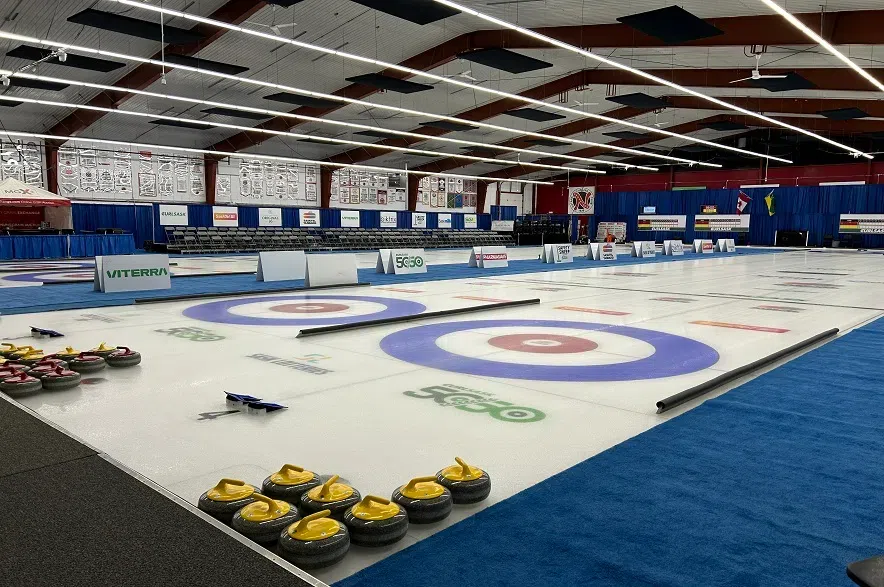After watching a recent curling match from start to finish, I have concluded that it could easily beat baseball and golf for the coveted title of “game most likely to induce involuntary napping.”
I use “game” and not “sport” deliberately because activities one can pursue with a beer in hand will rarely qualify as an athletic endeavour.
So, as the 2024 Montana’s Brier begins in Regina, I present seven rule changes that would transform curling from a perennial snooze-fest into must-see TV.
RULE CHANGE #1: Play is governed by a five-second shot clock
No more sliding down to the far end to have a little meeting and debate where to throw the rock (aim for the middle, d’uh). Instead, players must throw immediately or lose a turn.
This change alone would cut the average game length by about 95 per cent, which would alleviate the viewers’ boredom by the same margin.
RULE CHANGE #2: Players must wear sliders on both feet
Even a dull, one-sided rubber match would provide some entertainment value if this rule were implemented.
The curlers – “athletes” if you insist – have become quite good at manoeuvring around on a single slider, which is frankly more impressive than anything they do with the rocks.
But they’re good enough at sliding that there are rarely major spills, and this rule change aims to rectify that issue by injecting a reasonable amount of physical comedy into the game.
Speaking of spills and laughs, we move on to …
RULE CHANGE #3: Two ends are played simultaneously in opposite directions
Not only will this rule change cut curling’s interminable play time by half, but it will also force curlers to employ good situational awareness while sweeping, lest their ankles get snapped by a rock coming from the other end.
I further recommend that no substitutions be allowed in the event a player’s legs are mangled during the game, but perhaps that might affect the strategy in a less-than-sportsmanlike manner.
It’s worth a try, anyway.
Oh, and the rocks will be going a whole lot faster once the new rules are in place, largely due to …
RULE CHANGE #4: If you break a rock, every piece counts
You might not know this, but the current rules state if a curling rock breaks during play, only the largest piece counts.
That odd little piece of data lives in the part of my brain reserved for useless trivia because it pretty much never happens. I’ve certainly never seen it.
But wouldn’t it be fun if rocks shattered left and right because curlers threw them as hard as possible?
Oh, and speaking of changes designed to make throws a bit harder, we come to …
RULE CHANGE #5: Rocks thrown using a 360-degree windmill motion count for two points
You know you want to see this.
RULE CHANGE #6: Light contact is allowed
I’m not saying we should let curlers start cross-checking each other or anything like that, but once the sweepers get into your end, there’s no reason why the defending team shouldn’t be allowed to try and trip them with their brooms.
RULE CHANGE #7: If a team is behind by at least two points, they get to throw a giant rock
I’m told the last rock thrown in a curling end is known as “the hammer,” even though it’s the same as all the other rocks.
Lame. Boring. Played out.
Let me introduce you, then, to the SLEDGEHAMMER (always styled in all caps), a special 100-pound curling rock that can only be thrown by teams that are behind by at least two points.
This would allow teams to stage exciting comebacks, or at least get some vengeance by absolutely destroying the legs of a player on the opposing team (remember that in this version of curling we’re playing in both directions at once, per #3, and players are wearing sliders on both feet, per #2).
I’d also recommend some pyrotechnics be installed along the ice to add some extra thrills for viewers when the SLEDGEHAMMER is thrown, but I suppose that might be a bit much.
Well, there you have it — seven suggestions to transform curling into a genuinely thrilling sport.
Stay tuned for my thoughts on the CFL.







